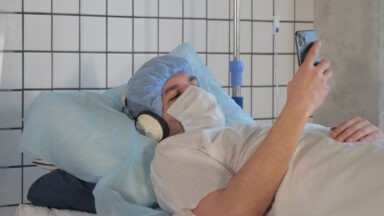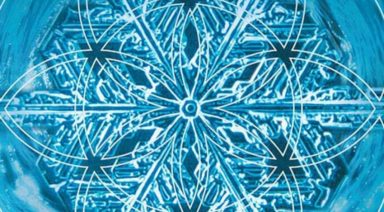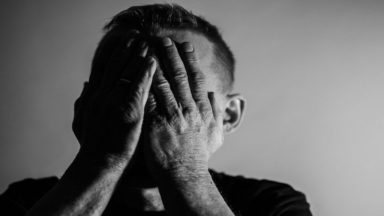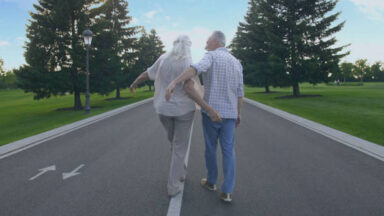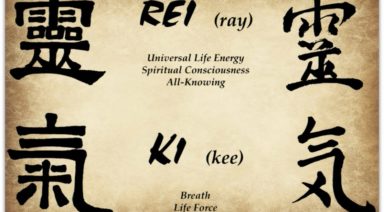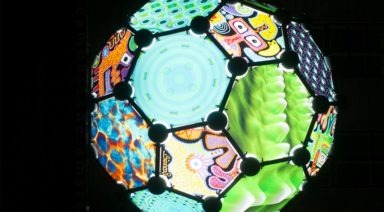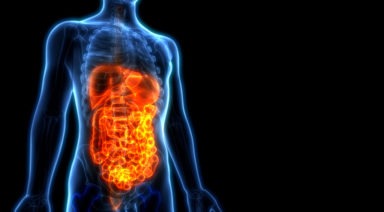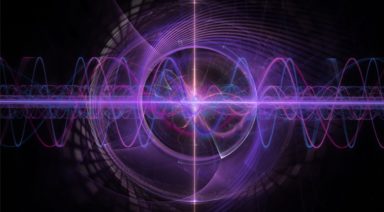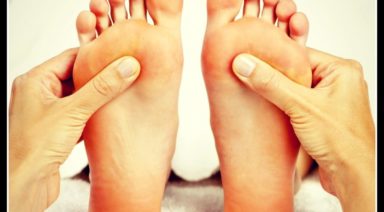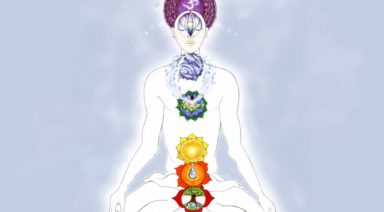Liberate Your Fascia, Liberate Your Life

Understanding Fascia
I see patients every day with chronic pain. It is as if their whole body keeps reacting in pain. It usually starts in one area of the body and then quickly spreads to other parts. Treatments with massage, acupuncture and physiotherapy help but never seem to sustain pain relief. I can relate to this because I have been there.
In my years of looking for treatment and understanding why this happens, I have stumbled across the answer – the fascia.
Our fascia is an interconnected layer of connective tissue that weaves through our entire body. It encases our muscles, joints, bones and vessels. The fascia can be visualized as one piece of saran wrap that literally coats our whole inner body parts. Because it is something that we cannot see with our eyes, I encourage you to close your eyes and imagine the visual of fascia.
When we start to understand the concept of fascia, we can truly grasp why our body may start to feel pain in our right shoulder and then before know it, our left hip and our left toe! It seems to transcend our understanding. Before we understand it, we can get confused, frustrated and end up feeling like a victim in our own body. Because the fascia is one continuous layer that literally encircles and encases our whole body, we can understand why and how this pain patterns develop.
The next piece of understanding (which was a huge breakthrough for me) is to understand that our fascia actually holds onto emotional memory. This is not studied in Western Medicine, and I went through all of medical school not ever being exposed to this. All of our old sadness, trauma and past history is locked as memory in the fascia. Many times our past fears, angers, sadness and confusions lie here in the fascia. This is why when we feel certain emotions like anxiety, anger and confusion; we will literally feel it in our body almost instantly. Our bodies hold onto the memory even if time has past and we are not directly involved in that situation.
Energy in Motion
Many massage therapists and other body workers see this affect in their offices. Clients who are ready to feel and release those emotions will literally cry on the table. This is not an uncommon occurrence in yoga classes as well. The emotions want to be liberated from the body. They do not want to be stuck in the body creating pain. When we are ready to release them and have no desire to hold onto them, we are allowing our body to release what it does not need.
Emotions literally means e = energy in motion. The emotion is energy that wants to liberate and move out of the body. When we hold onto the old memory, the trauma, the past, the guilt, the anger and all of those feelings, we are holding onto the energy. When we are ready to liberate it from our mind, we are able to release it from the body.
This can truly transform your life. Personally, I used yoga to liberate many of those old traumas and emotions that were stuck in my body. As I did this regularly, those energies left my body and the chronic pain that I was suffering from literally left. There are many techniques that promote this type of release – Yoga, Rolfing, Feldenkrais, deep massage and others.
Are you ready to liberate your body, your fascia and your life? Our bodies are connected in every which way to our minds, emotions and feelings. Have fun in the liberation! As you do, you will feel lighter, freer, and more alive and centered (not to mention out of pain!). Have fun!
Music Found to Significantly Reduce Pain, Anxiety in Postop Heart Surgeries
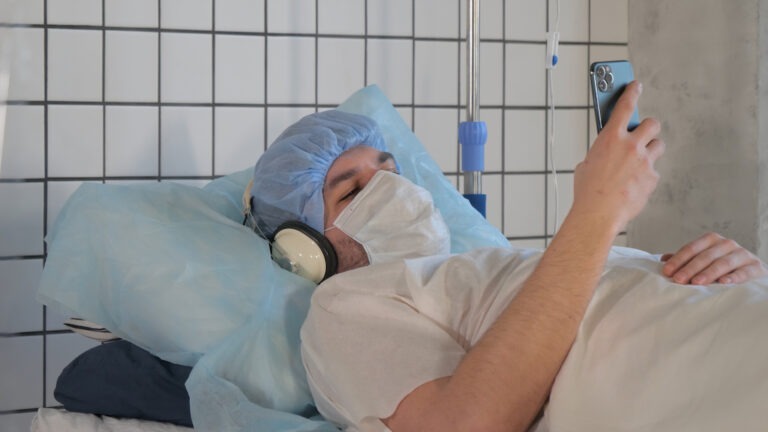
Given that heart disease is the leading cause of death in the world, prevention and treatment have never been more important. While conventional cardiology relies heavily on pharmaceuticals in the management of cardiac conditions, music has been shown to have remarkable benefits without any side effects—music as medicine.
Ancient cultures understood the healing benefits of music and integrated it into their promotion of health and healing of disease. But this practice was mostly lost in the rise of western medicine. Today, that connection is gradually being restored as a new wave of research is being done on the healing benefits of music on the heart.
One such recent study found that listening to music is linked to a significant reduction in anxiety and pain after major heart surgery. The researchers concluded that clinicians should consider music for patients scheduled for surgery as it has none of the risks or side effects, and many of the benefits of the drugs most commonly used to aid in post-surgery recovery.



